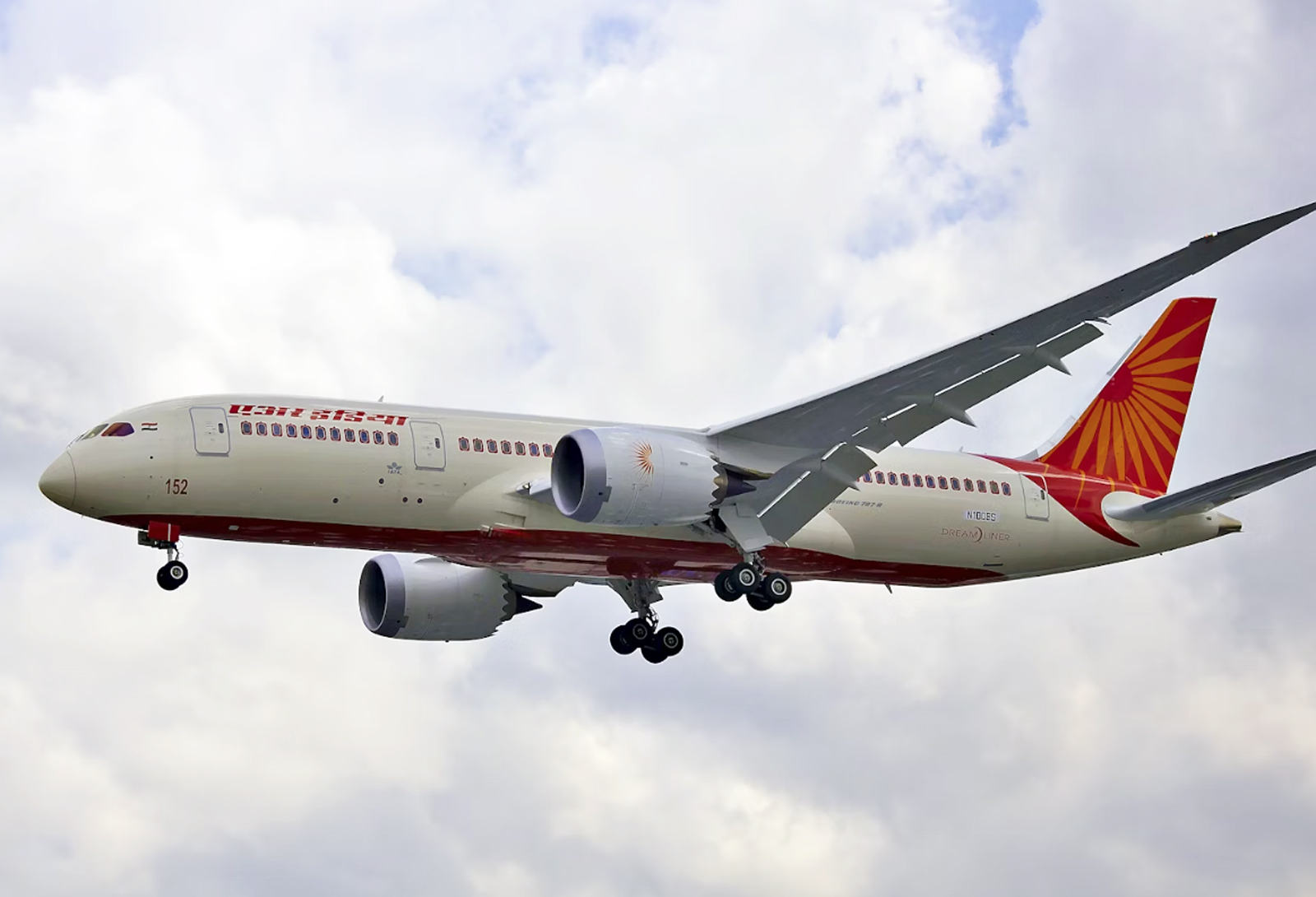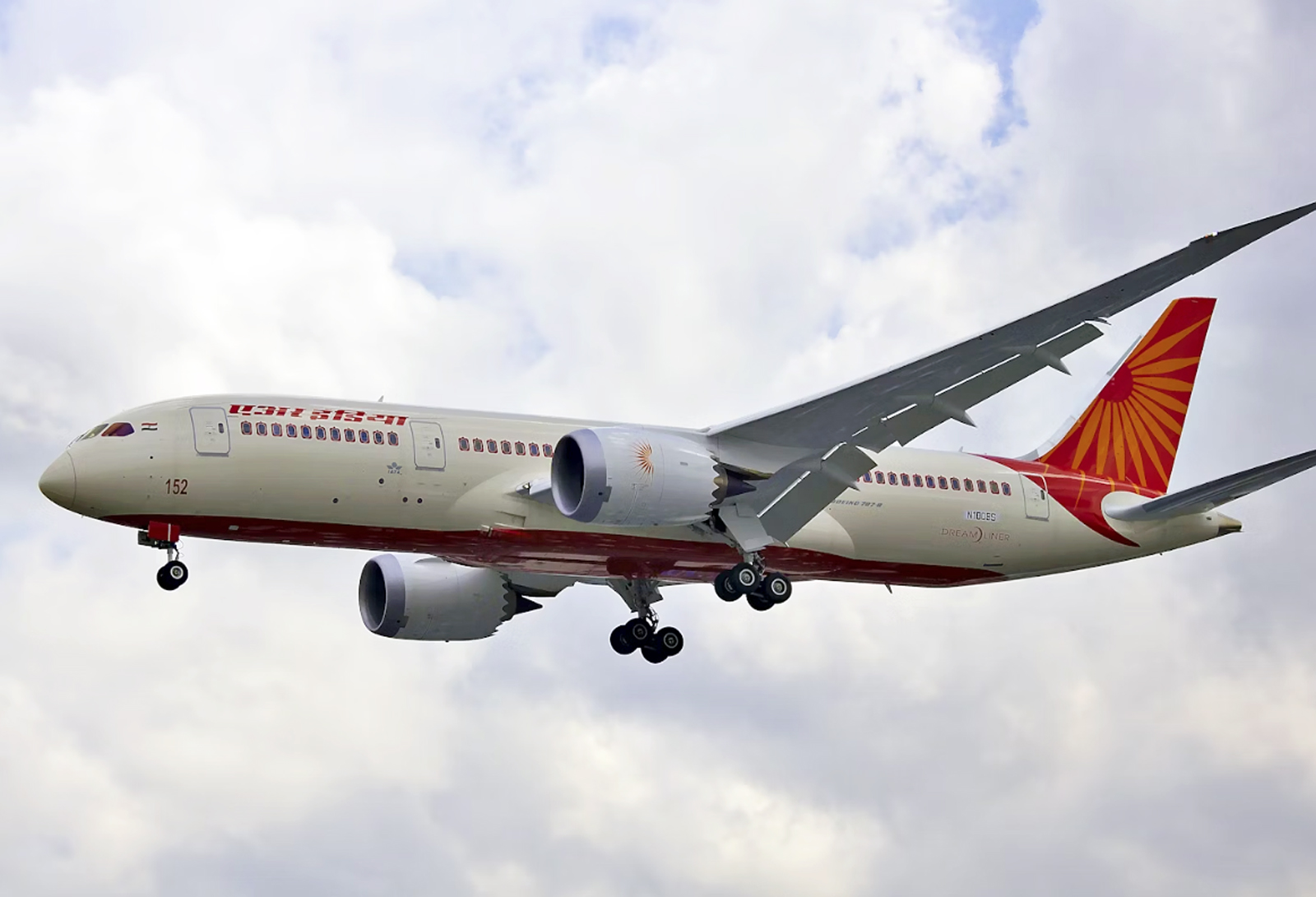
June 15, 2025
AIR INDIA flight 171 plunged into a neighborhood seconds after takeoff from Ahmedabad airport on Thursday afternoon, killing more than 300 people. The exact death toll is uncertain, as the search for bodies continues. One passenger survived.
My rule this soon after an air disaster is to avoid conjecture. Crash investigations can run for months before causes are nailed down, and first-glance theories, however convincing they seem in the moment, often turn out to be wrong.
That being said, evidence suggests the Boeing 787 suffered either a loss of thrust in both engines, or an inadvertent retraction of the plane’s flaps and slats before reaching sufficient speed.
The plane climbed to only about 400 feet above the ground (the 650 feet being reported by the media is the altitude above sea level), leaving the pilots no time to troubleshoot or turn back. All they could do was glide straight ahead. The flight path was stable, but the jet slammed into buildings at over 150 miles-per-hour, exploding into a fireball.
The loss of thrust theory is evidenced a few different ways. Most notably, one of the pilots, in a mayday call to air traffic control, reported power loss to air traffic control. In addition, some of the video footage appears to show deployment of the 787’s ram air turbine (RAT), a device that extends from the fuselage automatically, triggered by the loss of both engines, to provide flight control power. The “bang” heard by the surviving passenger could have been the RAT dropping into place, and the buzzing noise in one of the videos could be the sound of the device doing its thing (it’s essentially a propeller driven by the oncoming air). The footage is grainy and unclear, however.
Engine failures are rare. A loss of both engines is exceptionally rare. A bird strike, a la Captain Sullenberger, would be one possible culprit, but so far nothing points to this. Other possibilities include a malfunction of the 787’s electronic engine controls, fuel contamination, or ingestion of runway debris. There’s also the chance, however far-fetched, that a pilot shut the engines down, either out of carelessness, or, in a worst-worst-worst case situation, deliberately.
Getting back to those grainy videos, it’s hard to see much detail, but the wings look strikingly “clean,” which is to say the flaps appear retracted. Flaps, which extend from the trailing edge of the wing, together with slats, which extend from the front, provide critical lift at low speeds. Jetliners almost always take off with these devices extended (the particular setting varies with weight and runway length). The pilots then retract them incrementally as speed increases. Perhaps in this case they were brought up inadvertently — or by way of some bizarre malfunction — immediately after takeoff, resulting in a loss of lift without enough altitude for recovery.

An Air India 787.
Then we have the landing gear. It was not retracted after liftoff, as normally would be the case. Curiously, this hints at either of the two scenarios just discussed. In the first one, we imagine the pilots, distracted by engine warnings and a sudden loss of power at the worst possible time, simply neglecting to raise it. In the other, a pilot mistakenly retracts the flaps rather than landing gear. The probability of such a mistake is absurdly low, but it’s bigger than zero.
On the other hand, the 787’s aerodynamics are uniquely sculpted, and when the flaps are extended the wings take on a camber, a smoothly downward curve, front-to-back, that makes the flaps less conspicuous than they are on other airplanes. Looking at videos of 787s taking off under normal circumstances, loads of which can be viewed online, those wings, too, look very clean. And photos from the crash site show a wing with flaps and slats that appear to be extended, at least partly.
Other ideas? Maybe the plane was overweight for some reason, unbeknownst to the pilots, who were using flap and power settings for some lighter weight. Amplified by the steamy weather in Ahmedabad (high temperatures have a detrimental affect on both engine and aerodynamic performance), such a screw-up turned deadly.
Whatever it was, the data and voice recorders will tell us shortly. That would be the how. Figuring out the why might take more time. For Boeing’s sake, let’s hope it’s not a design flaw buried in the plane’s electronics.
I suppose we could speculate all day long.
And now that I’ve broken my own rule and conjectured like crazy, I’ll remind you that I’m just an observer, drawing theoretical conclusions from a few blurry cell phone shots. I might be on to something, but I just as easily could be wrong.
This is the worst crash since the downing of Malaysia Airlines flight MH17 in 2014, more than a decade ago. As of June 15th the body count is 319 people, including dozens killed on the ground. That put flight 171 in sixth place on the list of history’s deadliest crashes. (Number five, as it happens, is the 1985 bombing of an Air India 747, which killed 329.)
The media keep reminding us how terrible the last twelve months have been for aviation, with at least four high-profile accidents. It hasn’t been a good run, but as I underscored in a recent post, historical perspective and context are important. Even including this recent spate, we see far fewer plane crashes than we used to. Heck, in 1985 there was a serious accident every 13 days, on average (including that Air India bombing). Multiple deadly disasters were once the norm, year after year. This is no longer the case, despite the number of commercial flights more than doubling since the 1980s.
Related Story:
WHAT’S GOING ON?
FEELING THE HEAT
Photo courtesy of Unsplash.







